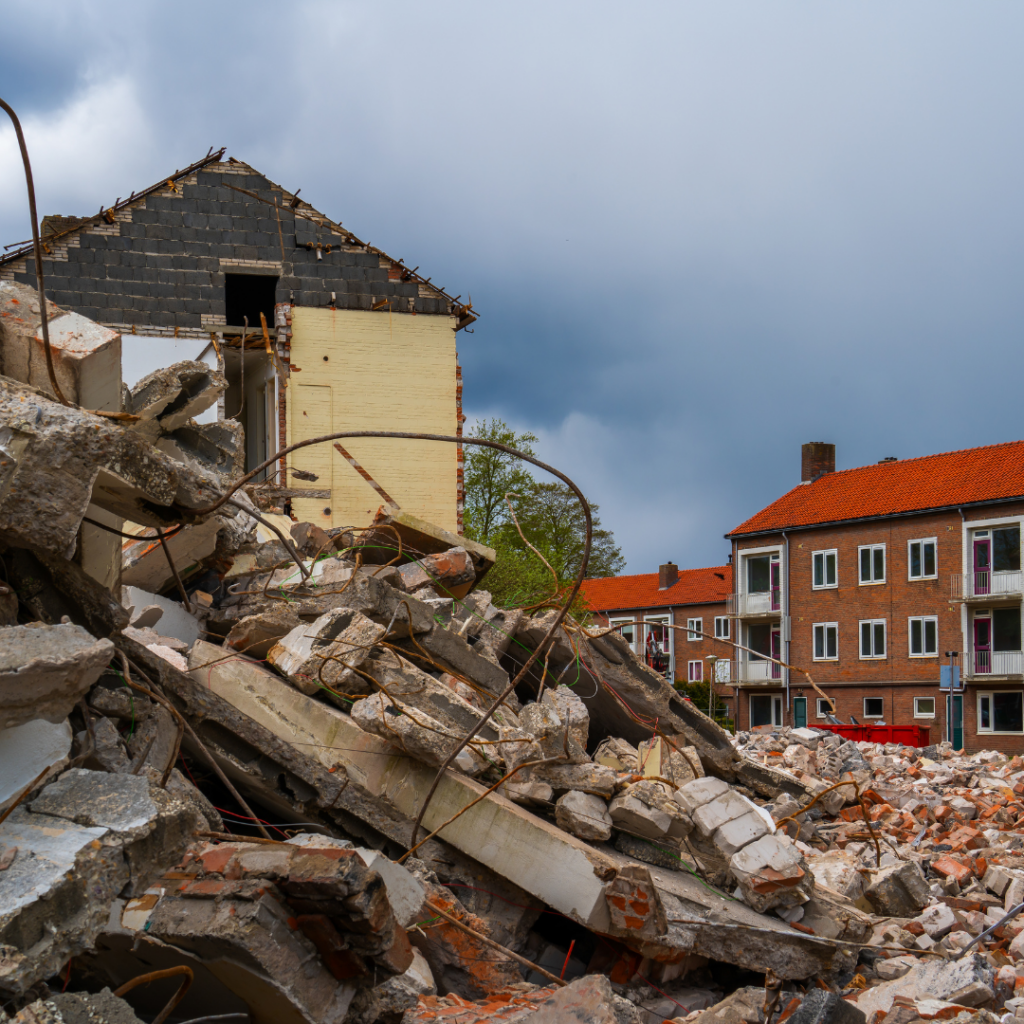The sight of a demolition can be captivating, with buildings crumbling down in a controlled manner, making way for new structures or developments. However, behind this seemingly straightforward process lies a complex operation that, if not executed with precision, can lead to disastrous consequences. Demolition is an art as much as it is a science, requiring meticulous planning, expertise, and adherence to safety protocols. Unfortunately, history is rife with instances where demolitions have gone awry, resulting in significant financial losses, injuries, and even fatalities. In this blog post, we delve into the world of demolition gone wrong, exploring some of the most notable incidents and the valuable lessons they offer. From structural miscalculations to unforeseen complications, each case serves as a cautionary tale, highlighting the importance of thorough preparation and vigilance in demolition projects. By understanding the factors that contribute to these failures, we can glean insights into how to mitigate risks and ensure that future demolitions proceed smoothly and safely.
Mistakes are valuable learning opportunities, especially in industries as high-stakes as demolition. Examining past demolition disasters provides crucial insights into the factors that can lead to catastrophic outcomes and highlights the importance of implementing robust planning and safety measures. In this blog post, we will delve into case studies of demolition disasters, analyzing the root causes of failure and extracting valuable lessons to prevent similar incidents in the future.
Demolition projects are complex endeavors that require meticulous planning to ensure success. From towering skyscrapers to small residential structures, the process of bringing down a building involves numerous considerations to mitigate risks and avoid catastrophic outcomes. In this blog post, we will delve into the critical importance of proper planning in demolition projects and explore key strategies for ensuring a smooth and safe demolition process.

Before embarking on a demolition project, it’s essential to have a clear understanding of the project scope. This includes identifying the type of structure to be demolished, assessing its size and complexity, and understanding any specific challenges or constraints associated with the site. By comprehensively defining the scope upfront, project teams can develop a tailored plan that addresses unique requirements and minimizes unforeseen obstacles.
Site assessments are a crucial step in the planning process, allowing project teams to evaluate existing conditions and identify potential hazards. This involves assessing the structural integrity of the building, analyzing surrounding infrastructure, and identifying any environmental concerns or regulatory requirements. By conducting thorough site assessments, teams can proactively address safety risks and develop mitigation strategies to safeguard workers and the surrounding community.
Effective communication and collaboration with stakeholders are fundamental to the success of any demolition project. This includes engaging with property owners, local authorities, community members, and other relevant parties to ensure alignment on project goals and expectations. By involving stakeholders early in the planning process, project teams can gain valuable insights, address concerns, and foster a supportive environment for the demolition project.
A comprehensive demolition plan serves as a roadmap for executing the project safely and efficiently. This plan should outline key milestones, establish timelines, allocate resources, and identify risk management strategies. Additionally, it should address logistical considerations such as waste disposal, traffic management, and site security. By developing a detailed plan, project teams can proactively anticipate challenges and mitigate potential disruptions throughout the demolition process.
Safety should always be the top priority in demolition projects. This involves implementing robust safety protocols, providing adequate training for personnel, and enforcing strict adherence to safety guidelines and regulations. Additionally, project teams should conduct regular safety inspections, identify potential hazards, and implement controls to minimize risks. By prioritizing safety throughout the planning process, teams can create a culture of accountability and ensure the well-being of all individuals involved in the project.
The unfortunate incident of “Demolition Gone Wrong” underscores the critical importance of meticulous planning and adherence to safety protocols in any demolition project. As exemplified by JUNKAHAULICS – Raleigh’s costly mistake, overlooking essential precautions can not only result in severe financial losses but also pose significant risks to human lives and property. The incident serves as a poignant reminder for businesses and professionals in the demolition industry to prioritize comprehensive risk assessment, robust training, and strict adherence to regulations to prevent similar mishaps in the future. It underscores the necessity of continuous learning and improvement within the industry to ensure the safety of both workers and the public while undertaking such inherently hazardous activities.


JUNKAHAULICS